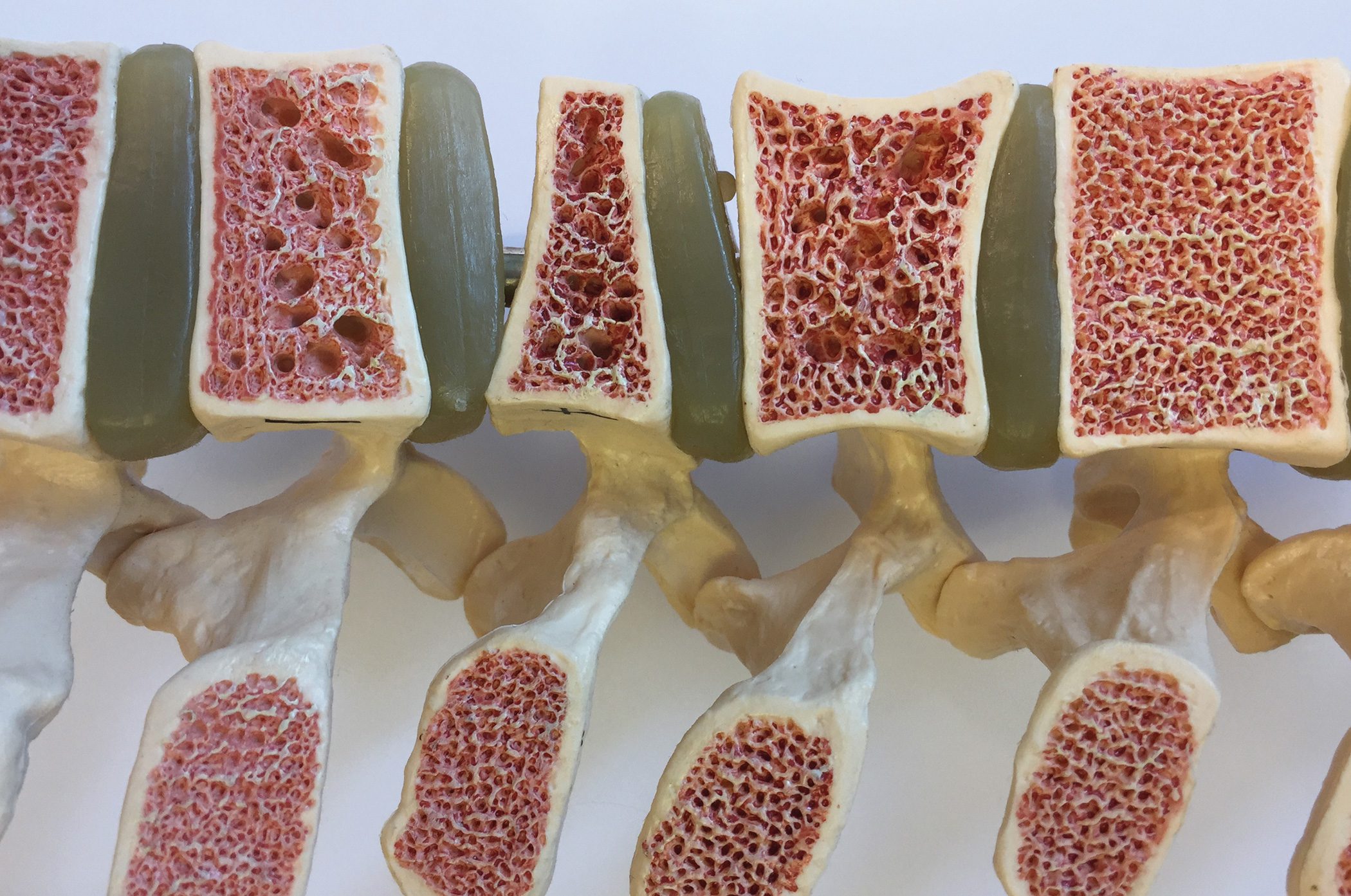Drug interactions are always a challenge in everyday clinical practice. Some combinations may result in a potentially fatal increase in effect or an undesirable loss of effect. In addition, side effects can further limit patients’ quality of life. A quick reminder will keep you up to date here.
Patients would make the title of this post more authoritative: Do my physicians safely protect me from avoidable risks due to inappropriate combination of drugs? This illustrates the standard to be met, which goes far beyond the individual physician’s knowledge of dangerous drug combinations to include control of avoidable risks of the treatment process. AMTS requires more than the recognition and avoidance of dangerous drug combinations by individual physicians. But now to what the physician should know about drug interactions.
Potentially lethal potentiation of drug effects by combination
Some drug combinations are a “never-event,” meaning they may never occur. An example of this, which has also led to the sending of a “red hand letter,” is the combination of 5-fluorouracil (5-FU) with brivudine, which is used to treat herpes zoster. Brivudine inhibits the degradation of the chemotherapeutic agent, so normal dosing results in toxic levels. Deaths have been described. This makes the interaction particularly insidious because the inhibition of 5 FU degradation by brivudine persists for up to 4 weeks after cessation of use.
Loss of efficacy of drugs due to unsuitable combination
Combination does not always result in new or enhanced effects, sometimes loss of effect is possible, and the problem: this is particularly relevant in oncology. Tyrosine kinase inhibitors (TKIs) are particularly affected. Used, for example, in the treatment of CML, its absorption is reduced by concomitant treatment with a proton pump inhibitor (PPI) [1]. One study showed that about 1 in 4 patients treated with TKIs also took PPIs, which was associated with increased mortality [2]. A risk that neither doctor nor patient would take if they knew about it. The example shows that dangerous drug interactions can also be caused by over-the-counter drugs. Self-medication must therefore be requested, listed on the medication plan and taken into account when reviewing therapy. Another example of such an interaction is the combination of tamoxifen with paroxetine in the recurrence prophylaxis of breast carcinoma. Tamoxifen is an inactive pro-drug whose activation occurs through cytochrome P450 (CYP2D6). Drugs that inhibit CYP2D6 may therefore prevent the action of tamoxifen [3]. Paroxetine is a potent CYP2D6 inhibitor and therefore should not be co-prescribed with tamoxifen.
Other clinically relevant and avoidable side effects of drug combinations
The number of drug combinations prescribed is impressive. This was quantified in a study of the approximately 9 million people insured by BARMER [4]: In the year under consideration, 1860 different active pharmaceutical ingredients were prescribed on an outpatient basis. Patients were prescribed 454 012 different two-drug combinations simultaneously. This illustrates that content verification is only possible with electronic support [5]. Nevertheless, one should be aware of particularly frequent and relevant interactions and know how to avoid them. Common, but just as often unrecognized, among these are drug combinations that increase the risk of sudden cardiac death, for example.
Drug-related risk of ventricular arrhythmias and sudden cardiac death.
Drugs that lead to prolongation of the QT interval in the ECG can trigger potentially fatal cardiac arrhythmias, so-called torsades de pointes arrhythmias. A risk that can be increased by combining multiple QT interval-prolonging drugs. The combination of drugs with QT interval prolongation should therefore be avoided, and often it is explicitly contraindicated. When prescribing drugs with the risk of sudden cardiac death, the derivation of an ECG is likely to show QT interval prolongation. Hypokalemia increases the risk of dangerous arrhythmias. The risk of sudden cardiac death is well established for azithromycin [6], as well as for macrolide antibiotics and fluoroquinolones. For citalopram/escitalopram, the risk is so great that red-hand letters and revocation of approval of the highest single-dose strength have occurred [7,8]. It should be known that omeprazole increases the active levels of citalopram by 50% [9]. A combination that should be avoided at all costs! A list of QT interval-prolonging drugs can be found at www.crediblemeds.org (after registration).
Risk of anticholinergic side effects
For some drugs such as antiemetics, Parkinson’s drugs, spasmolytics, bronchodilators, and mydriatics, anticholinergic effects are the main effect of the drug and desired. However, anticholinergic effects are undesirable side effects of therapy with numerous other drugs. These adverse effects – shown in Overview 1 – not only limit quality of life, they are also dangerous. A case-control study in the elderly showed that treatment with drugs that have marked anticholinergic effects doubled the risk of falls and femoral neck fracture [10]. It was already known that drugs with anticholinergic side effects increase the rate of falls in elderly women [11]. Another study now shows that this risk exists not only in older women, but already in younger women [12]. Anticholinergic drugs also lead to increased mortality and dementia symptoms. One study described a 31% increase in mortality for elderly nursing home patients when treated with multiple anticholinergic drugs [13]. Increased mortality has also been shown for elderly patients on anticholinergic medication after hospital discharge [14,15].
Concomitant treatment with multiple drugs with anticholinergic side effects should therefore be avoided if possible. For this purpose, it is necessary to know which active pharmaceutical ingredients are involved. In 2018, a Munich-based working group merged the existing classification systems. A total of 104 active drug ingredients with minor anticholinergic effects, 18 active ingredients with moderate anticholinergic effects, and 29 active ingredients with potent anticholinergic effects were identified [16]. Drug substances with strong anticholinergic effects according to Kiesel and coworkers are shown in overview 2.
Other critical interactions you should know about
A selection of particularly critical drug combinations has been published as smart-decision recommendations and “no-gos” in the German Medical Journal (Tab. 1) .
Lastly, a classic, the “Tripple Whammy”.
The dangerous combination of ACE inhibitor (or AT1 receptor antagonist), diuretics and NSAIDs, which can also be called “chemical nephrectomy”, should actually be sufficiently known by now and avoided. However, analyses in insured patients of BARMER show that in almost every 10th patient with ACE inhibitors or AT1 receptor antagonists, a diuretic and an NSAID were prescribed simultaneously [4]. ACE inhibitors and AT1 receptor antagonists reduce glomerular filtration rate, diuretics reduce intravascular volume, and NSAIDs inhibit prostaglandin-dependent renal blood flow. Acute renal failure, defined as at least a 50% increase in serum creatinine, occurs in one of 158 patients within one year with this combination .
Risks from drug-disease interactions
But risky interactions do not only occur between drugs. In addition to drug-drug interactions, drug-disease interactions should also be considered. Prescription (or self-medication) with NSAIDs in patients with heart failure, for example, exacerbates heart failure symptoms via fluid retention and increases the frequency of inpatient hospitalization-avoidable [19]. Lactic acidosis caused by the prescription of metformin in the presence of impaired renal function also belongs to this category – actually known but regularly ignored [20]. And that is perhaps the most important message of this article: Also consider interaction risks that they have not yet observed themselves! Humans have no special aptitude for dealing sensibly with very rare risks [21,22], and the same applies to physicians for dealing with risks of interactions [23]. On the other hand, don’t you use a seat belt in your car, even though it probably hasn’t saved your life yet? About lactic acidosis: It exists [24], in Germany maybe 30-50 cases per year, about 30-50% are fatal. Also, a systematic review shows that at least an eGFR <30 ml/Min. mit einem erhöhten – in etwa verdoppelten – Risiko für Laktatazidose verbunden ist, während bei>45 ml/min. this is not the case and metformin is associated with lower morbidity [25].
Consequences and recommendations for practice
A necessary first step in improving AMTS is to maintain a medication schedule, especially for patients with polypharmacy. This should be complete and carried with you at every doctor’s visit. A matter of course, which is unfortunately often lacking in practice: patients with polypharmacy are regularly unable to provide information about the medications they are taking, and a medication plan that is up-to-date and complete is often missing. Explain the need for a medication plan to your patients and provide support as needed. Completeness is important here: patients with multimorbidity are treated with medication by 3-5 physicians. Documenting primary care physician prescriptions is a start, but not yet the solution to the problem. The next step is then the software-supported review of each prescription, also for compatibility with the patient’s overall medication (including self-medication). At least in patients with polypharmacy, the total medication should be reviewed regularly, i.e. at least once a year. This includes not only a check for dangerous interactions, but begins with the examination of the indication, selection of the active substance – taking into account patient age – and also the dosage – especially taking into account kidney function, i.e. the glomerular filtration rate.
Advanced training on AMTS risks as a continuous process
Typically, a physician prescribes 20-50 drugs on a regular basis [4]. To improve AMTS, therefore, first deal with the drugs you frequently prescribe. Identify interactions of these drugs that you want to recognize and avoid, and review your prescriptions for them. Ensure that you are securely informed of new risk signals on medicines. This is possible, for example, by subscribing to the free Drug Safety Mail from the Drug Commission of the German Medical Association (www.akdae.de/Service/Newsletter/index.php). The S2K guideline “Drug therapy in multimorbidity”, which will be published by the AWMF in a few months and continuously expanded as a living guideline, will also provide important support. Last but not least, don’t get discouraged if you can’t solve all the problems in one step.
Take-Home Messages
- Safe prescribing requires knowledge of the total medication.
- Dangerous interactions can also be caused by self-medication.
- Anticholinergic and QT interval-prolonging effects are associated with patient-relevant harm and must be
be observed. - Also note interaction risks in prescriptions that you have not yet observed yourself!
- Use appropriate electronic support for drug therapy review.
Literature:
- Ergun Y, et al: Drug-drug interactions in patients using tyrosine kinase inhibitors: A multicenter retrospective study. J BUON 2019; 24(4): 1719-1726.
- Sharma M, et al: The concomitant use of tyrosine kinase inhibitors and proton pump inhibitors: prevalence, predictors, and impact on survival and discontinuation of therapy in older adults with cancer. Cancer 2019; 125(7): 1155-1162.
- Binkhorst L, et al: Unjustified prescribing of CYP2D6 inhibiting SSRIs in women treated with tamoxifen. Breast Cancer Res Treat 2013: 139(3): 923-929.
- Grandt D, Lappe V, Schubert I: BARMER Arzneimittelreport 2018. Berlin.
- 5 Bates DW, Gawande AA: Improving safety with information technology. N Engl J Med 2003; 348(25): 2526-2534.
- Mosholder AD, et al: Cardiovascular risks with azithromycin and other antibacterial drugs. N Engl J Med 2013; 368(18): 1665-1668.
- Pharma L: Red Hand Letter Citalopram. 2012.
- U.S.FDA, FDA Drug Safety Commniation: Abnormal heart rhythms associated with high doses of Celexa (citalopram hydrobromide). 2011.
- Wu WT, et al: Cardiovascular Outcomes Associated With Clinical Use of Citalopram and Omeprazole: A Nationwide Population-Based Cohort Study. J Am Heart Assoc 2019; 8(20): e011607.
- Machado-Duque ME, et al: Drugs With Anticholinergic Potential and Risk of Falls With Hip Fracture in the Elderly Patients: A Case-Control Study. J Geriatr Psychiatry Neurol 2018; 31(2): 63-69.
- Marcum ZA, et al: Anticholinergic medication use and falls in postmenopausal women: findings from the women’s health initiative cohort study. BMC Geriatr 2016; 16: 76.
- Ablett AD, et al: A high anticholinergic burden is associated with a history of falls in the previous year in middle-aged women: findings from the Aberdeen Prospective Osteoporosis Screening Study. Ann Epidemiol 2018; 28(8): 557-562 e2.
- Chatterjee S, et al: Risk of Mortality Associated with Anticholinergic Use in Elderly Nursing Home Residents with Depression. Drugs Aging 2017; 34(9): 691-700.
- Lattanzio F, et al: Anticholinergic burden and 1-year mortality among older patients discharged from acute care hospital. Geriatr Gerontol Int 2018; 18(5): 705-713.
- Corsonello A, et al: The excess mortality risk associated with anticholinergic burden among elderly patients discharged from acute care hospital with depressive symptoms. Eur J Intern Med 2019; 61: 69-74.
- Kiesel EK, Hopf YM, Drey M: An anticholinergic burden score for German prescribers: score development. BMC Geriatr 2018; 18(1): 239.
- Hasenfuss G, et al: Klug entscheiden: No-go’s in drug combinations. Dtsch Arztebl 2021; 118(12): A-630.
- Dreischulte T, et al: Combined use of nonsteroidal anti-inflammatory drugs with diuretics and/or renin-angiotensin system inhibitors in the community increases the risk of acute kidney injury. Kidney Int 2015; 88(2): 396-403.
- Arfe A, et al: Non-steroidal anti-inflammatory drugs and risk of heart failure in four European countries: nested case-control study. BMJ 2016; 354: i4857.
- Cho I, et al: Understanding physicians’ behavior toward alerts about nephrotoxic medications in outpatients: a cross-sectional analysis. BMC Nephrol 2014; 15: 200.
- Hertwig R, Erev I: The description-experience gap in risky choice. Trends in Cognitive Sciences 2009; 13(12): 517-523.
- Ludvig EA, Spetch ML: Of black swans and tossed coins: Is the description-experience gap in risky choice limited to rare events? PLoS One 2011; 6(6): e20262.
- Cho I, et al: Wide variation and patterns of physicians’ responses to drug-drug interaction alerts. Int J Qual Health Care 2018.
- Fadden EJ, Longley C, Mahambrey T: Metformin-associated lactic acidosis. BMJ Case Rep 2021; 14(7).
- Orloff J, et al: Safety and effectiveness of metformin in patients with reduced renal function: A systematic review. Diabetes Obes Metab 2021.
InFo NEUROLOGY & PSYCHIATRY 2023; 21(2): 12-15.















